The lowest point, figuratively speaking, between Panama and Alaska was the floor of a Land Rover shop, where Alejandro “Alex” Huerta Franco and Ana Victoria Viera spent a torturous night. It was mid-March on the West Coast of the United States, and the pandemic panic was closing in as campgrounds and even Airbnbs closed down. The young couple was new to the United States, having just crossed the border from Baja in their year-long quest to reach the Arctic Circle.
Theirs is a story of resilience and endless optimism. If you’ve met Ana and Alex in person, then you know these qualities come as naturally as breathing. At an age when many are crossing the bridge between school and career, following a path that is perhaps questioned too seldomly, this Panamanian duo was loading up a Defender 110 Crew Cab and leaving their country.
But they weren’t running away. They were shedding fear and eagerly pursuing adventure. In their own words, “This is not about leaving everything behind and packing your life into a car. We think it’s about finding that one thing that makes you happy and doing it more often.”
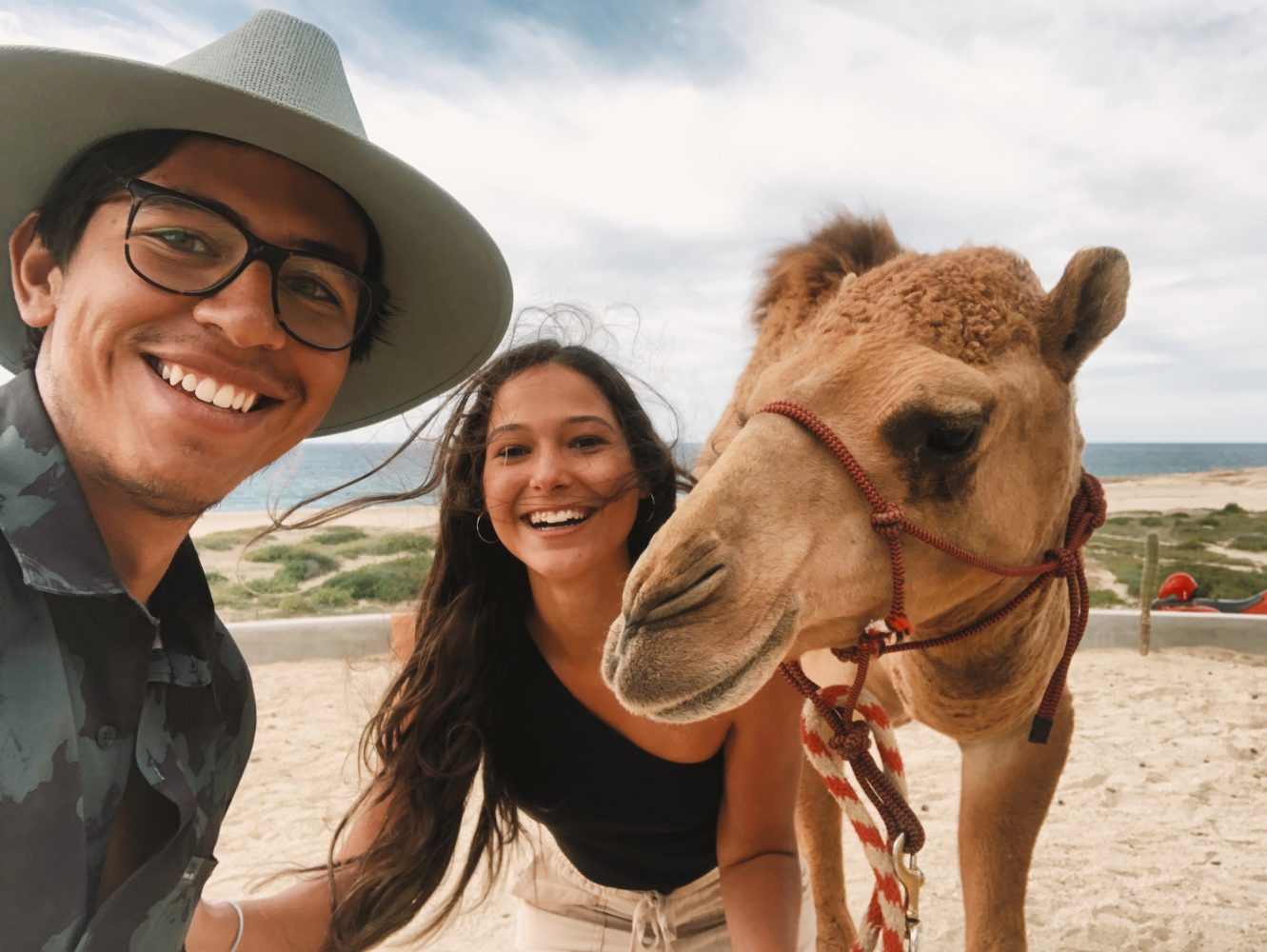
When did overlanding become part of your lives, and why did you decide to undertake a trip from Panama to Alaska?
Alejandro: Both of us had early overlanding experiences in our lives, traveling with our families, camping, and just enjoying the simplicity of a campfire and cold pasta. I grew up exploring Venezuela with my family with two Isuzu Troopers every vacation for many years, going through Amazonas into Brazil one time, and just loving the feeling of ‘the road’ as a kid.
My family moved to Panama in 2009. Ever since, I’ve tried to connect with my new home. So I decided to travel by car to every place that caught my attention on Google Maps, discovering amazing locations, perfect waves, and great people. That’s how I fell in love with Panama and started using social media (@vibesofpanama) to promote tourism the way I see it, with overlanding and adventure.
On one of my trips, I went to the Darién Gap, this mysterious place that many people know as this jungle that connects our country with South America. [This] area has been conquered by very few on a motor vehicle in the last century. I wanted to see what it was. It took me two days to get to the last town, called Yaviza, and find myself at the end of the Pan-American Highway. There were many things going on there, weird vibes, and an old footbridge that connected Panama with the unknown. I totally loved it!
Some locals told me about a wooden sign that marks ‘The End of The Road from Alaska, 12,580 KM.’ I drove there, and after taking a picture and a moment to realize where I was, that’s where the idea of our expedition was born.
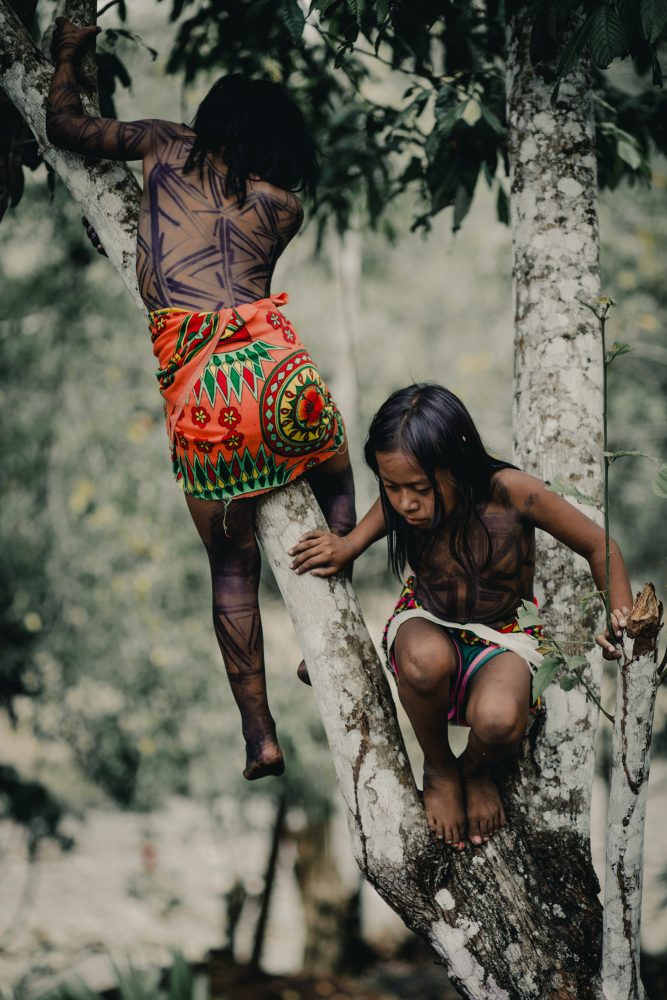
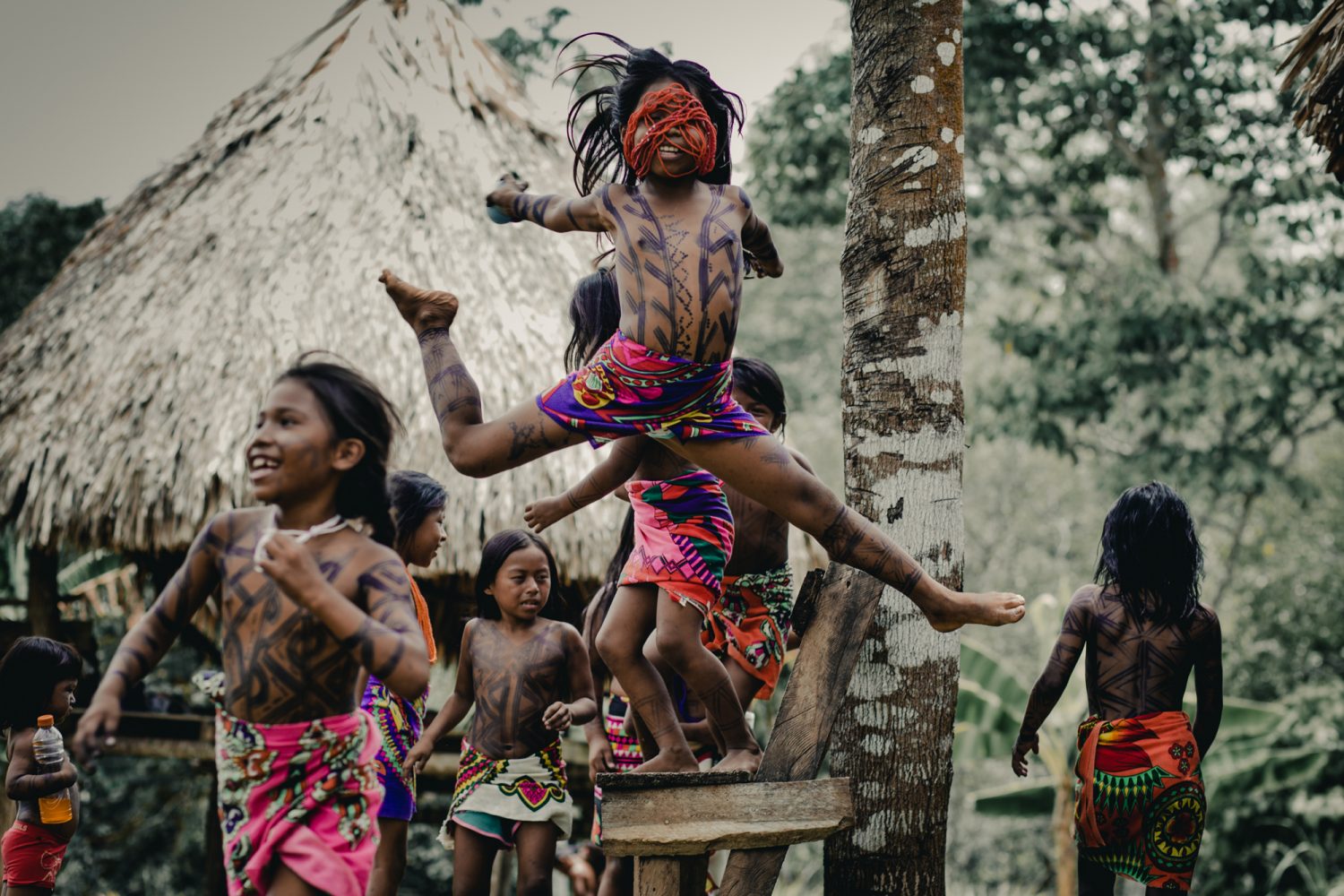
What is the overlanding community like at home in Panama?
Alejandro: It’s been growing over the years since I first moved. The off-road communities are more common because in Panama it rains eight months of the year. Mud and challenging conditions are part of our adventure diet down here.
Most of the international overlanders who stop here are welcomed with the best of our community. We understand it is a stop-and-go country, so we like to help as much as possible with information, support, repairs, etc.
Before the trip, we did our best to meet and help overlanders. Now that we’ve returned home [to Panama] after more than a year of travel, you all will always have a place to stay, recharge, and continue on your journey from here.
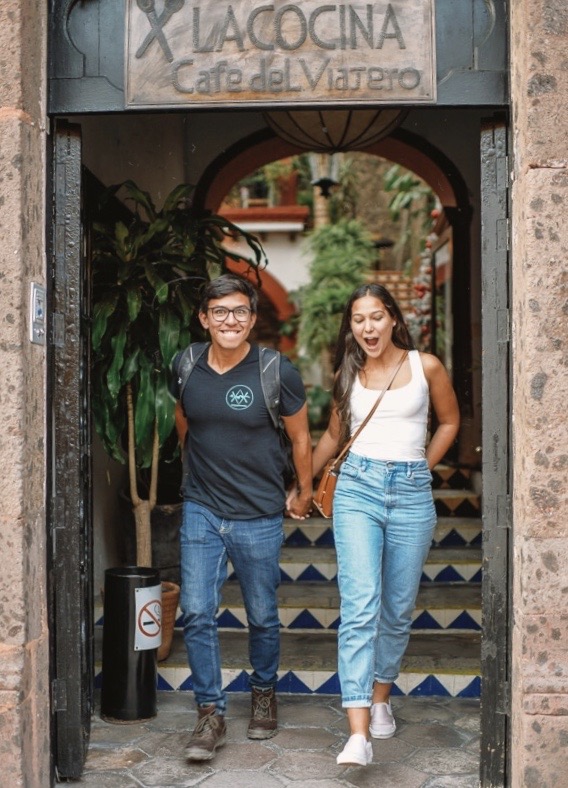
If my family was visiting Panama for one week, what would we need to see?
Alejandro/Ana Victoria: Even though it’s a small country, there’s a lot to see. In our travels, we avoid cities, but a nice dinner and a couple of drinks with friends never hurt, right? The Panama Canal is an engineering marvel and something you shouldn’t miss on your visit. Really close to Panama City, we have the Gamboa Rainforest, a place where you can feel the jungle with every sense. If you like the ocean, we highly recommend visiting the San Blas Islands on the Caribbean side or the Pearl Islands on the Pacific, as well as places like Bocas del Toro, Morrillo, and Pedasí. If you prefer the mountains and fresh air, you could go to Santa Fe in Veraguas, or Boquete, Cerro Punta, and La Yeguada.
The good thing—besides having two oceans and a lot of rain—is that Panama’s nature is really deep and untouched. That will give you the chance to explore your own way, safe and surrounded by local people who will be more than happy to share their little piece of paradise.
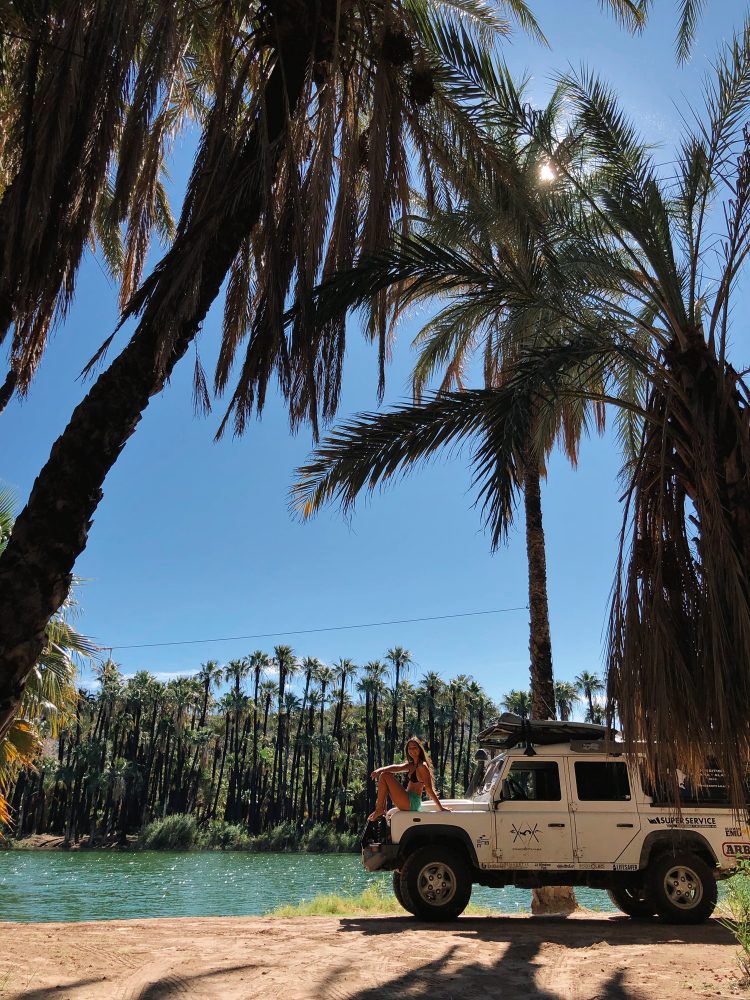
Choosing a vehicle for international travel is a big decision. How did you get your hands on the Defender 110 Crew Cab you have now?
Alejandro: Wow, that’s like a love story! I have loved Defenders since I was a little kid and always dreamed about growing up and having one of those square-looking, old cars. In 2016, after a client offered me the chance to buy his 90 (at three times more than my budget), I was on a mission to find my dream car. I found this Crew Cab posted on a South American web page, but with a Panamanian phone number. It was perfect. The car only had 25,000 km (15,500 miles) on the clock, and I had this 4WD with enough space to throw my surfboards in the back without making a mess inside—everything a 24-year-old needs.
It took me six to seven months to test drive it, find the money, do the paperwork—as the car was a rescue vehicle from the Red Cross in Haiti—and finally get my hands on it. After all of that, the real adventure began.
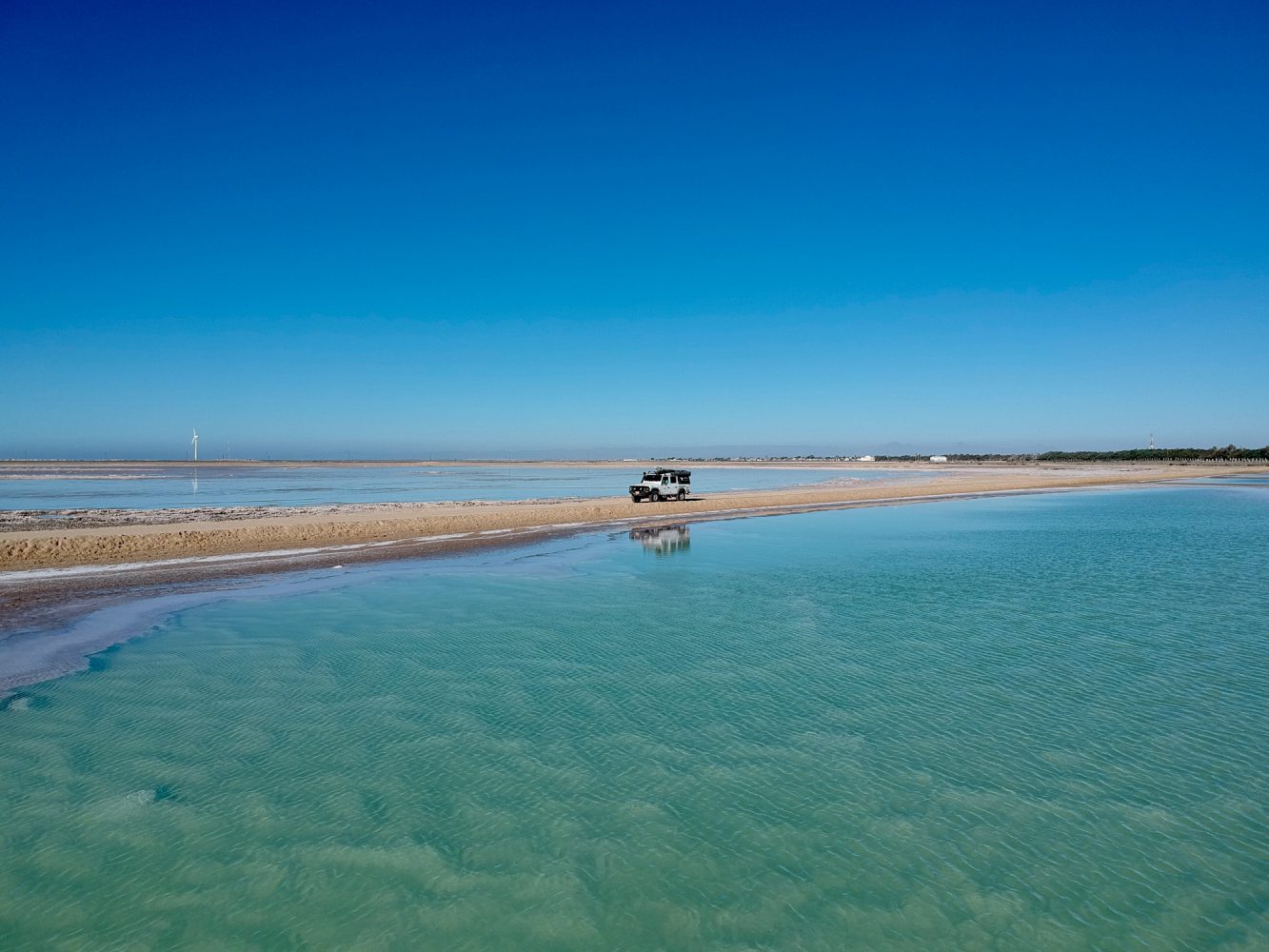
What vehicle modifications did you make for life on the road?
Alejandro: I started really slow. I didn’t know at that moment we would actually do the life on the road thing. So the first couple of years, I went to the basics: a 2-inch lift, 12,000-pound winch, and AT tires. We used to camp with hammocks until 2018, when I installed the rooftop tent.
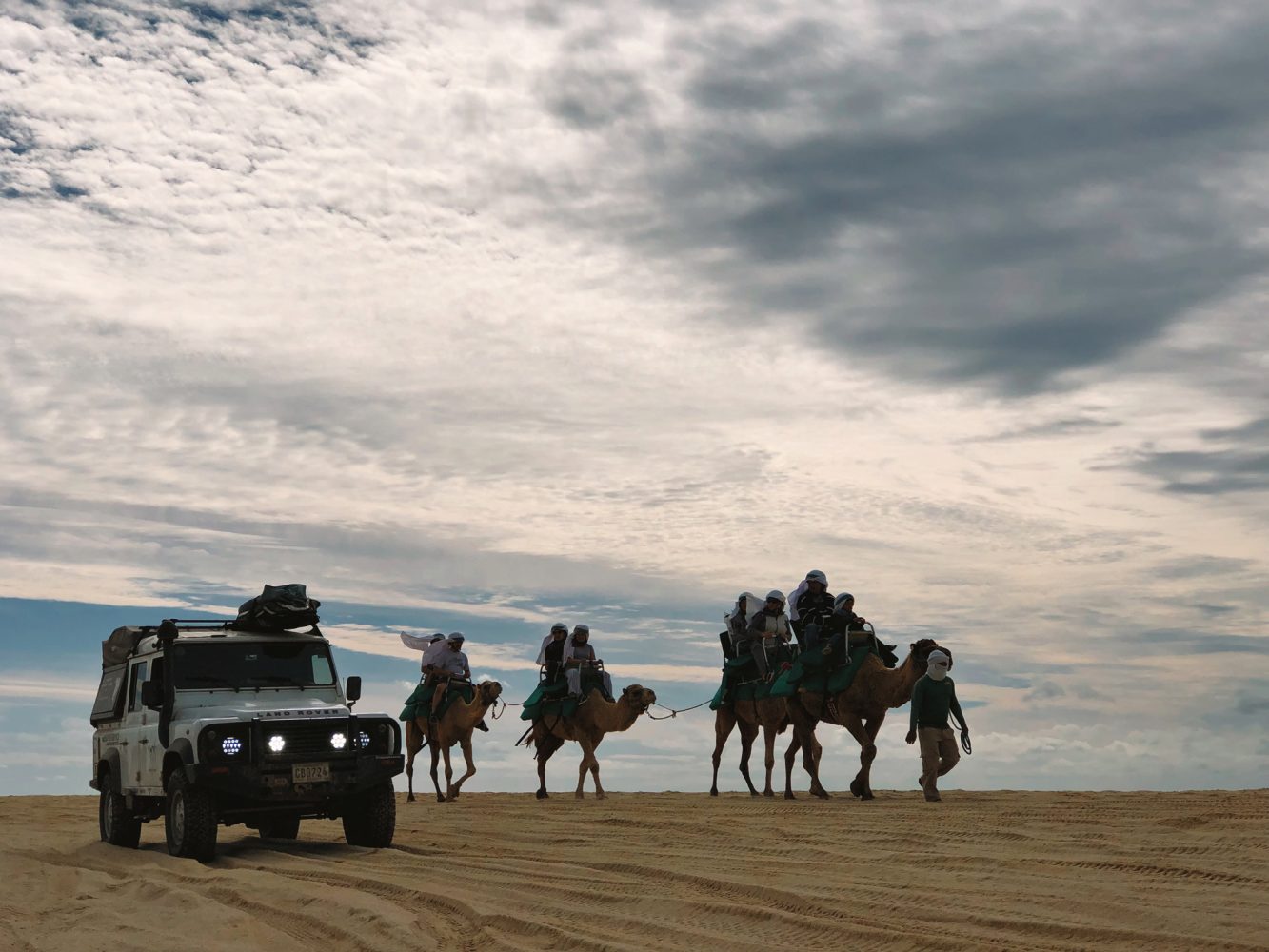
When we pulled the trigger on this expedition, we knew we were missing stuff, so we did a week-long trip to Costa Rica to test ourselves and the car. After that trip, we went straight to buy a propane stove. We also talked about our options with our friends at Super Service 4×4 in Panama and got a new 47-liter ARB fridge, 100-watt solar panel, dual-battery system, air compressor, rear locker, and Tred Pro traction boards. We also built drawers for the back and interior of the cab with our family, to better organize our clothes, documents, spare parts, etc.
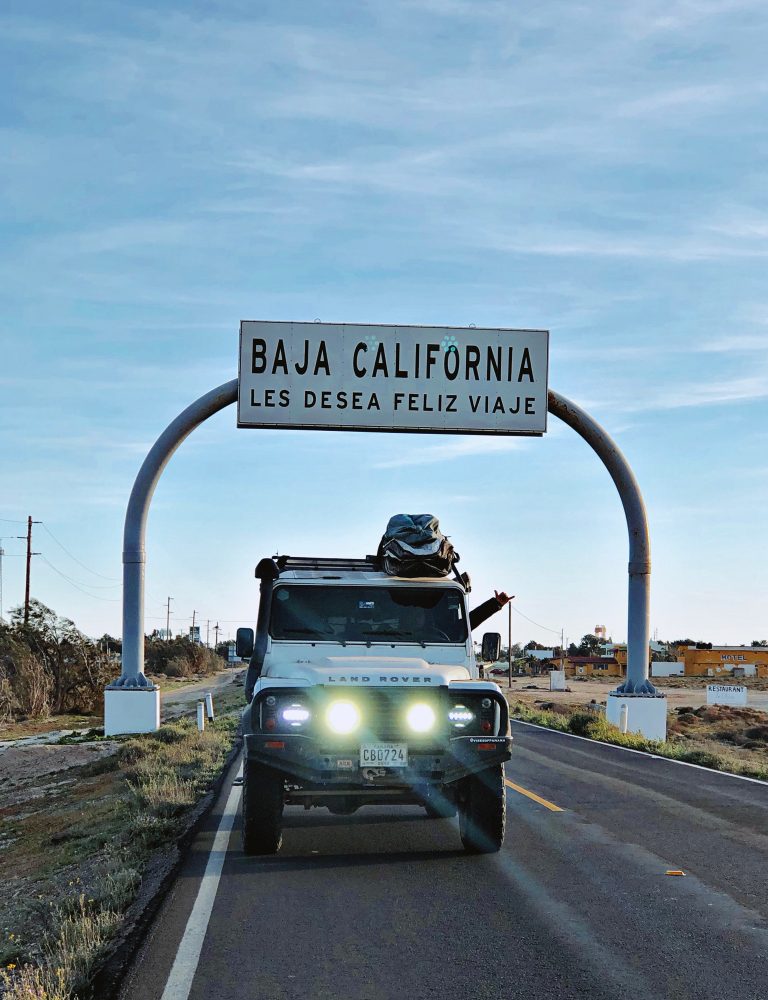
When setting out on a trip like yours, many of us try to plan for every scenario. What is your approach to preparing for challenges and handling them when they come?
Alejandro: We planned a preferred route and highlighted the places we wanted to visit at first. Then with the local and international Land Rover community, we started a list of spare parts, essentials, and facts about the car in order to be prepared for any mechanical surprises on the road. We did some recovery gear tests before this trip and cleaned/maintained our equipment before heading out, so we could triple-check what we had, when it should be used, and how to use it. We also got the Spot GPS from a friend, travel assistance, and health insurance. Our families were very happy to hear this.
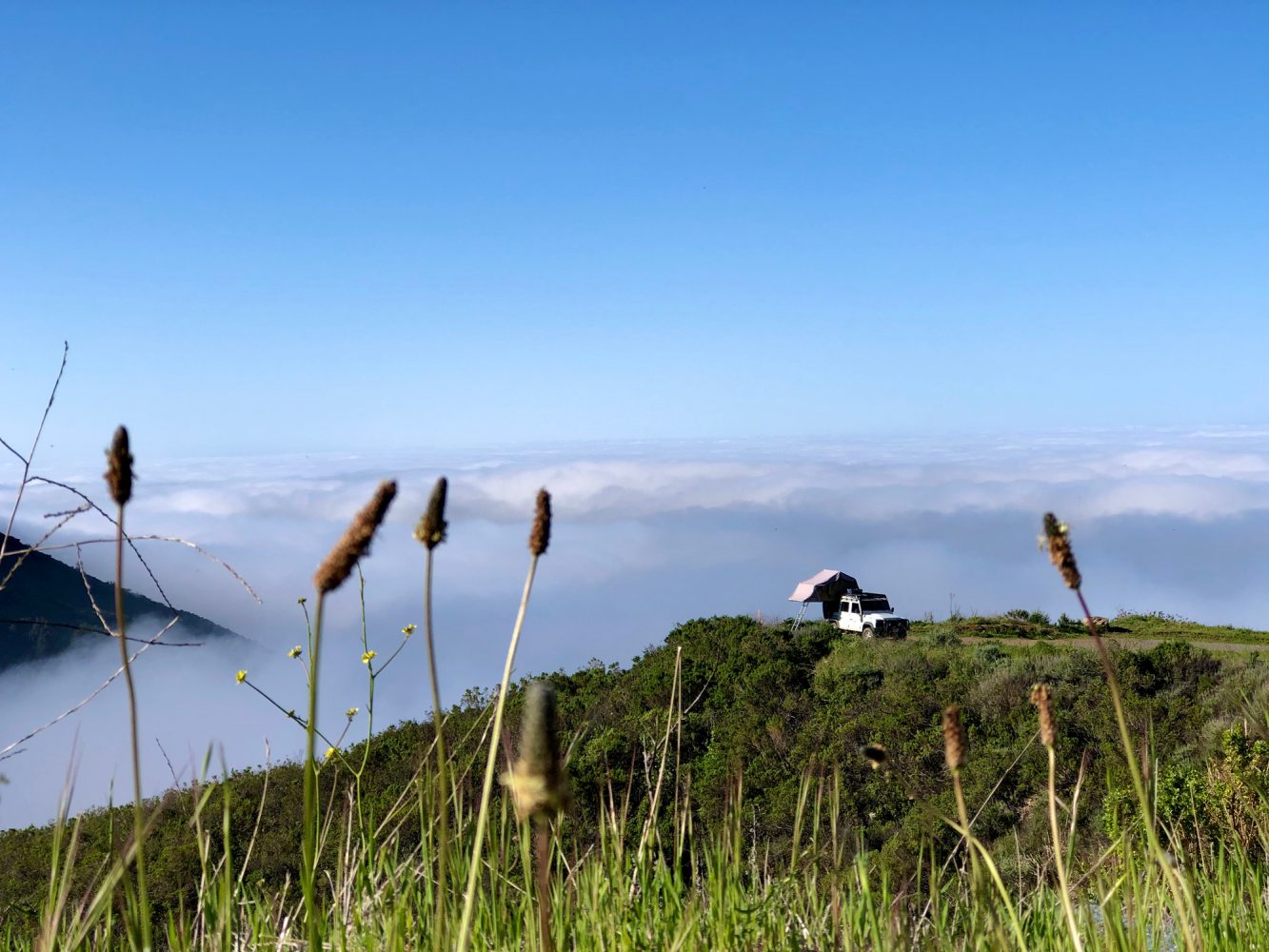
How did the COVID-19 crisis impact you, especially since you were away from your home country?
Alejandro/Ana Victoria: We were lucky enough to get into the US by March 13, 2020, right before COVID lockdowns and panic. At the beginning, it was like a movie for us. We couldn’t believe it was happening. We got invited to stay at a friend’s house in La Jolla, California, who we met in a parking lot on our first day in the US. After we left, everything started to feel real. Reality was hard on us.
Our starter motor wasn’t working well. We took the car to a Land Rover shop and had to sleep on the shop’s floor—worst night ever. The next morning, Ana had an allergic reaction and looked like Rocky Balboa after the fight. Restrooms were closed everywhere. Parks, campgrounds, and couchsurfing hosts were turning us down, and some Airbnbs wouldn’t let us make a reservation.
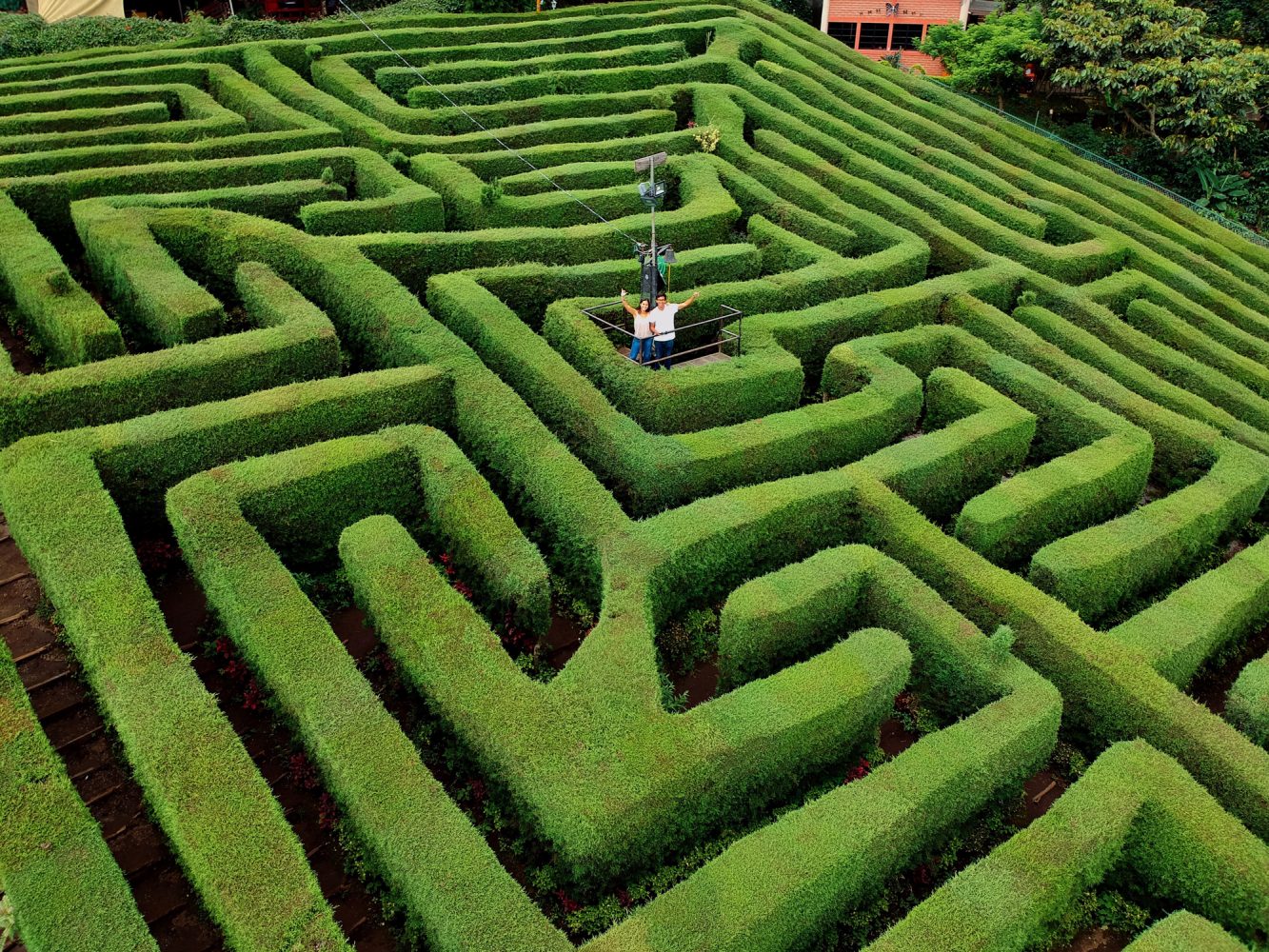
But one morning, after feeling completely left alone and lost, we reached out to the overland community, specifically Johnny Savage from @roverlife. We met in Panama after he drove south from Seattle, and had kept in touch for more than three years. He helped us to connect with Ian Dow (@vanlife_ian_dow_travels). By the end of that stressful day, we were in a safe place with a shower, restroom, WiFi, and parking. Ian even left bicycles for us to explore the Newport area.
From that day on, the COVID situation was “on our side.” The people with good hearts were somehow finding our path and helped us in those weird and hard times. Being away from home was great for us because we met amazing people doing amazing stuff for others.

What happened when you attempted to cross into Canada on your way to Alaska? Did you consider ending your trip at that point?
Alejandro: Well, it went wrong in a good way. Before heading toward the border, Canada had been changing restrictions for Alaskan traffic. It happened to change to only US citizens when we were on our way there. We tried. We were held for more than six hours on the Canadian side; they went through all of our car, making a mess we never imagined was possible. They gave us a paper to deliver to the US border patrol on our way back into the US. It was a very stressful time because our six-month visa was about to expire. We didn’t know if we were going to be allowed to re-enter, or if we would become a new version of Tom Hanks living at an airport forever.
It was hard, for sure, but we found a place to camp near the border, and that same night we quoted flights, rental, and general costs of flying to Alaska to achieve our goal. In less than 72 hours, we drove back to Seattle, where you guys [the author and her husband] and Ernesto and Taisa (@overlandtheamericas) gave us hope and energy; we applied for a visa extension, bought plane tickets, rented a car, and off we went!
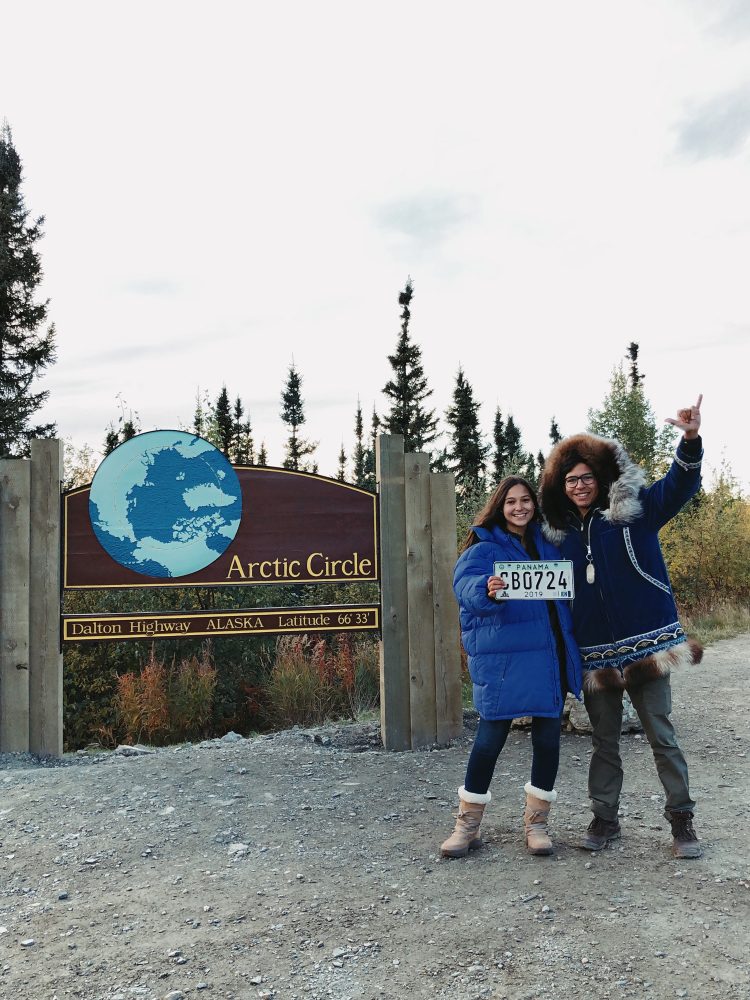
You made it to Alaska! Was it what you imagined?
Alejandro: It was even better. It was big, wild, fresh, wonderful. We learned from locals Ben and Rebecca (@outliersoverland) that Alaska is not a destination but a journey. And quite a journey we decided to roam on. We drove over 4,000 miles in 23 days, from Fairbanks to Chena Hot Springs, then back south to Denali, Talkeetna, Anchorage, Seward, Homer, and Kenai Lake, where we saw the unbelievable northern lights. Then we were off to Matanuska Glacier, Valdez, McCarthy, and the North Pole. We finished our adventure driving on the Dalton Highway to the Arctic Circle. Totally worth it. We loved Alaska and are sure that if you go with open eyes and an open heart, then you will love it, too.
What did you learn from leaving your Defender in the United States and renting a vehicle to overland in Alaska?
Alejandro: We learned that we need very little to travel in a vehicle. The only thing we missed from our Defender was the fridge. Don’t get us wrong, we missed our car a lot. But we were sleeping and cooking inside this Santa Fe that had a full-size mattress, kid-size beach chairs, a Jetboil, kitchen stuff, and our food stored safely—just like all of our overland friends. It doesn’t matter what you drive, as long as the spirit of adventure is within you. Overlanding is not only an activity but a way of travel from the inside out.
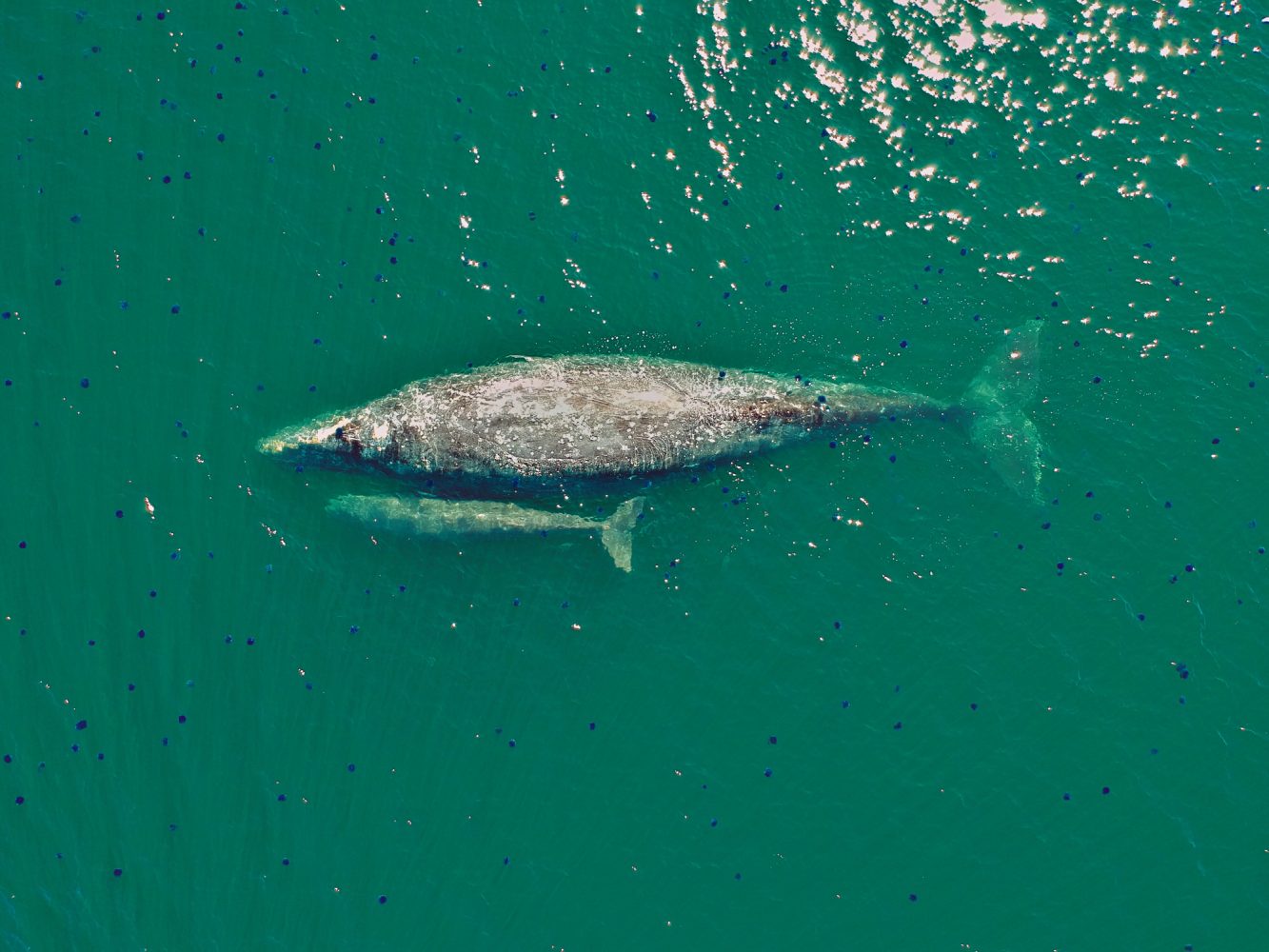
Now that you’ve reached your Alaska goal, what’s next?
Alejandro and Ana Victoria: The next goal is to go back home, see our families, share the story, and raise as much money as possible to start the next expedition. Europe is our first pick because the “no border” policy feels about right (haha). And who knows, maybe we can go to Morocco from there and meet you on the other side of the world.
You ended up spending more time in the United States than you expected. The people of the world have so much to learn from each other. Have you thought about what Latin American culture has to teach the people of the United States?
Alejandro/Ana Victoria: It’s very certain that we all have so much to learn from each other. We spent eight months in the US not only exploring nature but also connecting with amazing people and their amazing stories. We found inspiration in every person we met on the road and feel fortunate about having the chance to see the best of your culture on our journey.
We believe we are not the ones who like to teach, but to share. In our culture, family goes first, laughing and hugging are a sport, cooking and cleaning bring people together. We all express our feelings without hesitation, we like closeness with the people in our lives, and enjoy making a party out of everything.
We believe that the warm side of our culture is something we would like to keep on sharing because it’s what our friends on the road always pointed out to us. That’s what makes the Latino culture appealing: open hearts and big smiles.
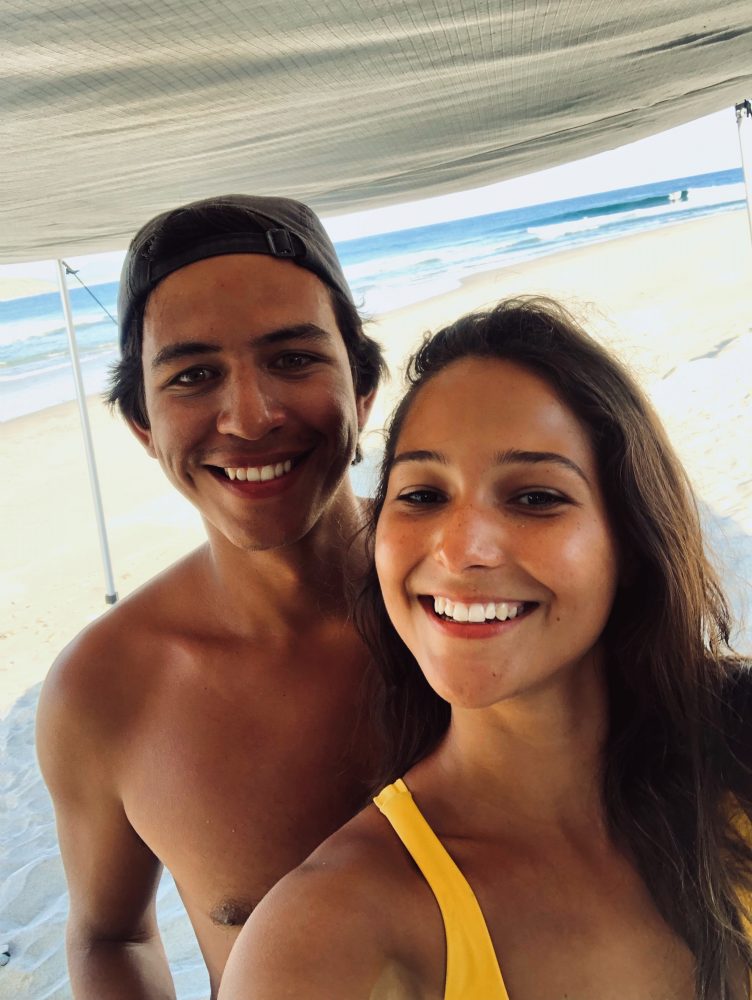
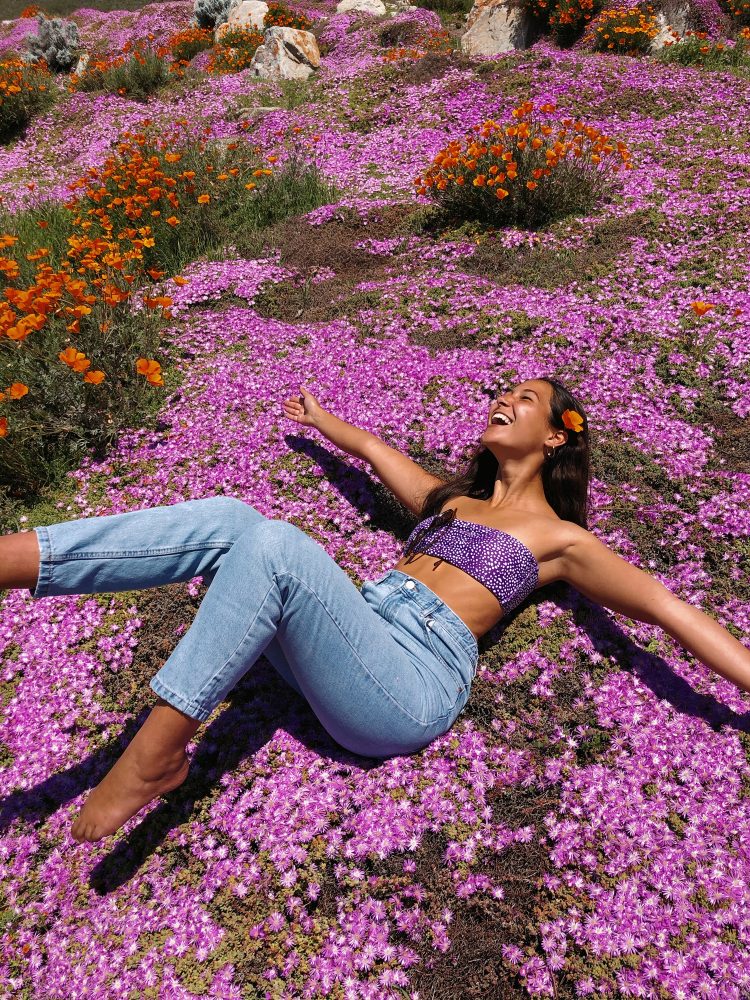
You two are the youngest individuals I’ve met who have undertaken an international journey of this scale. To young people who are doubting whether they should go now or wait for more money, more life experience, or fill-in-the-blank reason, what would you suggest?
Alejandro/Ana Victoria: Listen to your gut feeling and let go. Fear is just an accessory. You can take it off whenever you are ready or you need to. We learned from the decision process on this journey that you will never feel ready until you are already on the road. We suggest you start “expending less,” more than “saving up.” And that rush you might feel is not necessary since the only thing we truly have is time.
We would like to inspire people to get out of their comfort zone and explore deep into themselves. This is not about leaving everything behind and packing your life into a car. We think it’s about finding that one thing that makes you happy and doing it more often. If you want to be the best parent, do it. Or the best chef, engineer, musician, the best businessman or woman—it is all about how you feel while doing stuff or trying to achieve a goal.
Life on the road has taught us to enjoy the simple things even more, to develop a sense of intuition, to be humble, and to share the best of us [with] everyone. It doesn’t matter how young or old you are; life is good. Don’t waste it doing things you don’t like. Follow those dreams and explore what makes you happy.
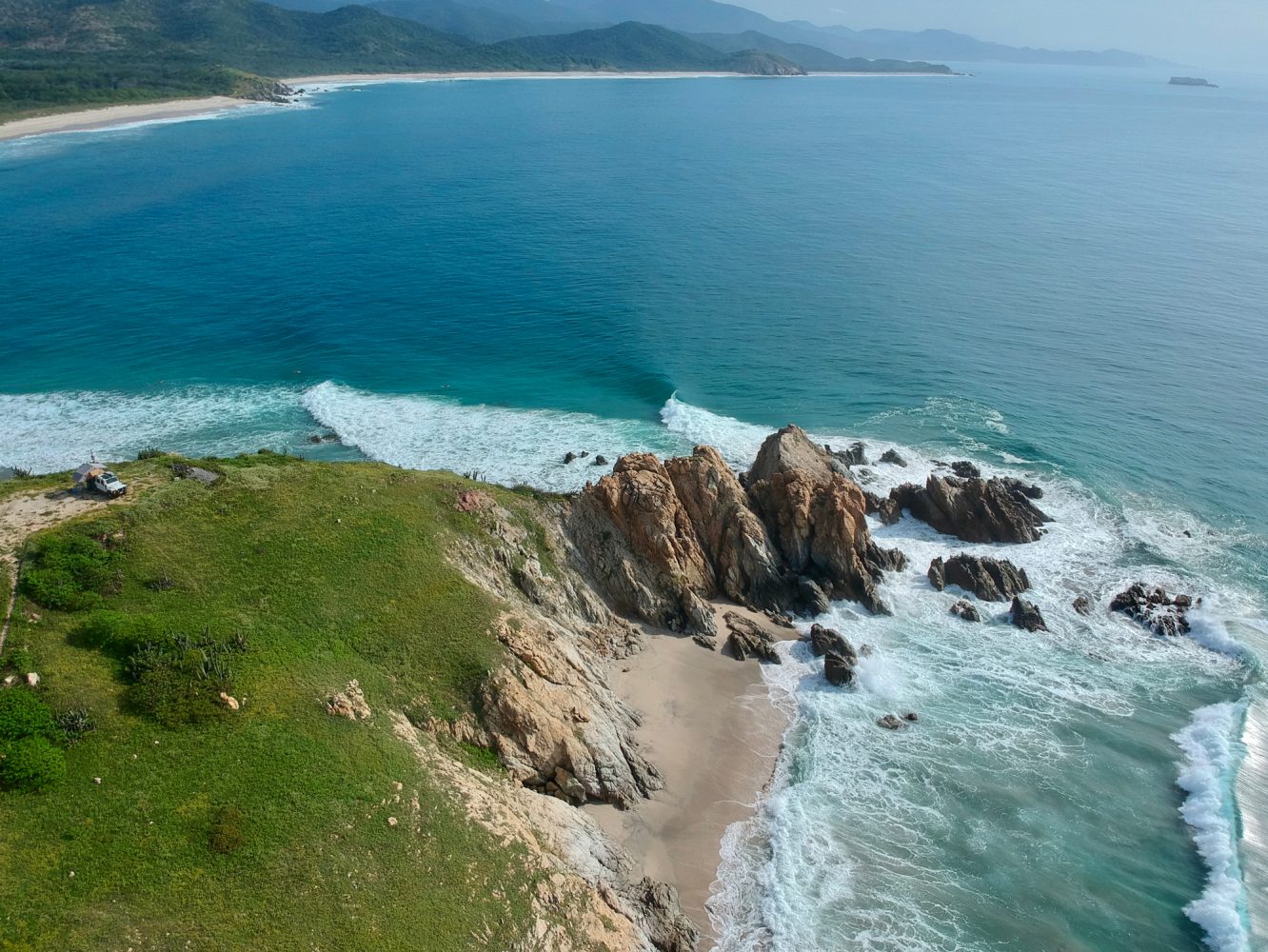
Connect with Vibes of Panama Online on Instagram.
*Editor’s note: The official Vibes of Panama account on Instagram, where Alejandro and Ana shared beautiful photos and insight from their journey, was recently hacked. While they attempt to get access restored, they are using the account above.


